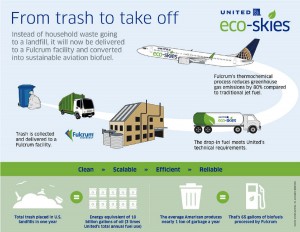The Commission for the Environment, Climate Change and Energy of the Committee of Regions has endorsed a recent report that focuses on the development of ocean energy to meet growing demand for renewable energy. The report states the ocean energy sector will make an “important contribution….to meeting the future energy needs of the European Union.”
 In response to the news, Rémi Gruet, CEO Ocean Energy Europe, noted, “The ocean energy industry welcomes this report from the Committee of the Regions, and recognises the strong leadership Europe’s regions have played in driving the sector forward. With the resource anchored at regional level, ocean energy developments will mean fresh economic activity for existing port infrastructures and maritime supply chains.”
In response to the news, Rémi Gruet, CEO Ocean Energy Europe, noted, “The ocean energy industry welcomes this report from the Committee of the Regions, and recognises the strong leadership Europe’s regions have played in driving the sector forward. With the resource anchored at regional level, ocean energy developments will mean fresh economic activity for existing port infrastructures and maritime supply chains.”
The report looks at Europe’s global leadership in the ocean energy sector and the benefits in terms of industrial growth, jobs and exports. The report also underlines both the pivotal role of the EU in pushing the development of the sector and the significant potential that could be unlocked through exploiting synergies between regions, Member States and the EU itself.
“With 100GW of installed capacity by 2050, the ocean energy industry can make a major contribution to Europe’s energy security and decarbonisation goals. This report is particularly timely and correctly identifies the key actions for Europe to maintain its global dominance and benefit from the growth of ocean energy around the world,” added Gruet.
The report supports the European Commission’s Ocean Energy Forum initiative, assigned to draft an industry roadmap by September this year. The final roadmap will be presented to European Ministers during a summit on ocean energy taking place in Dublin, on October 20, 2015.













